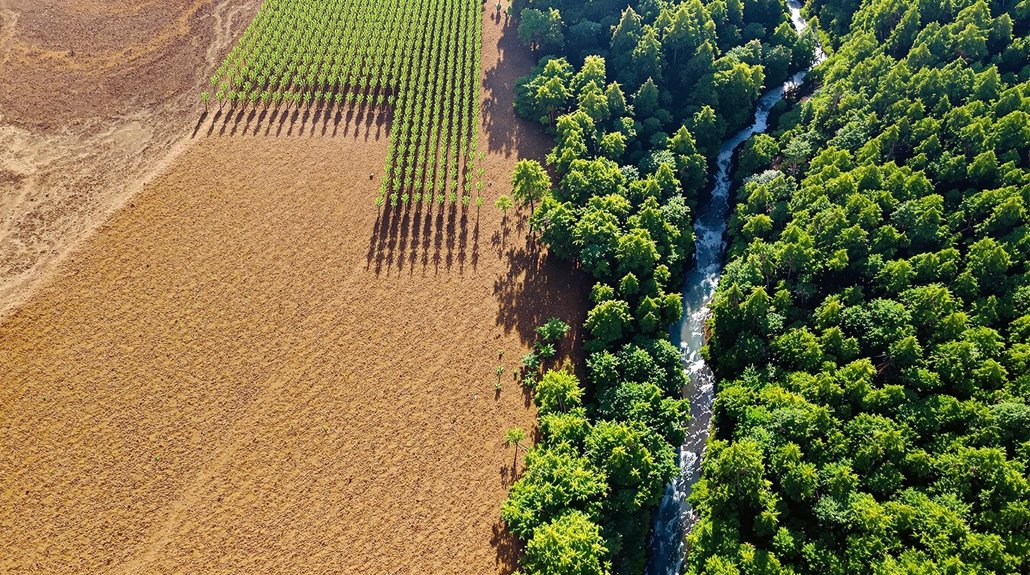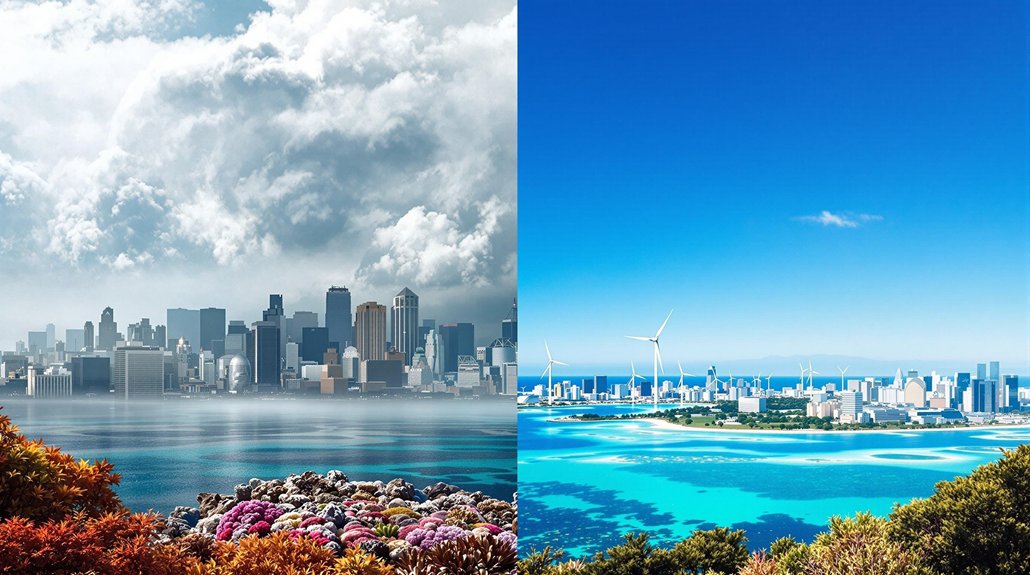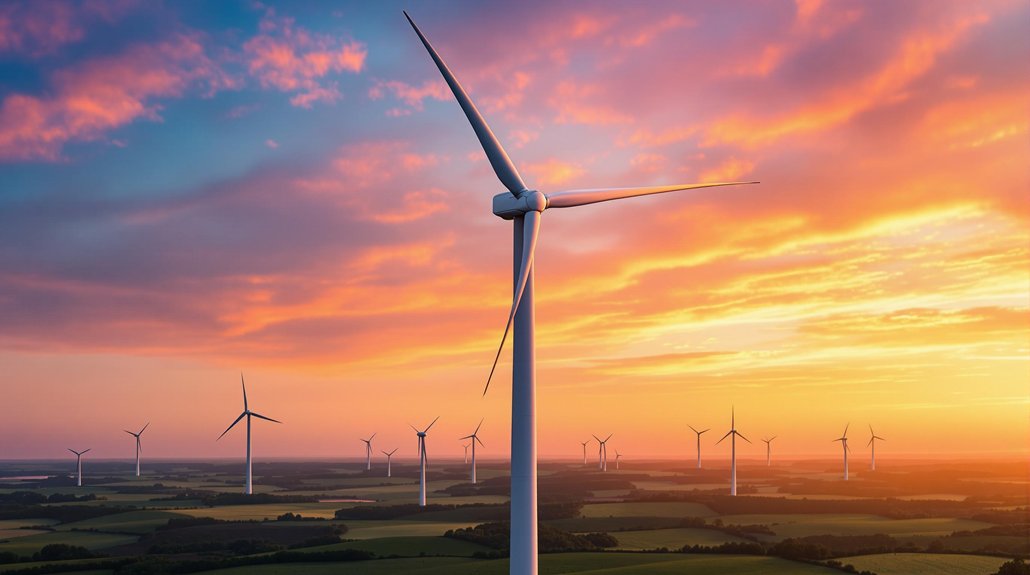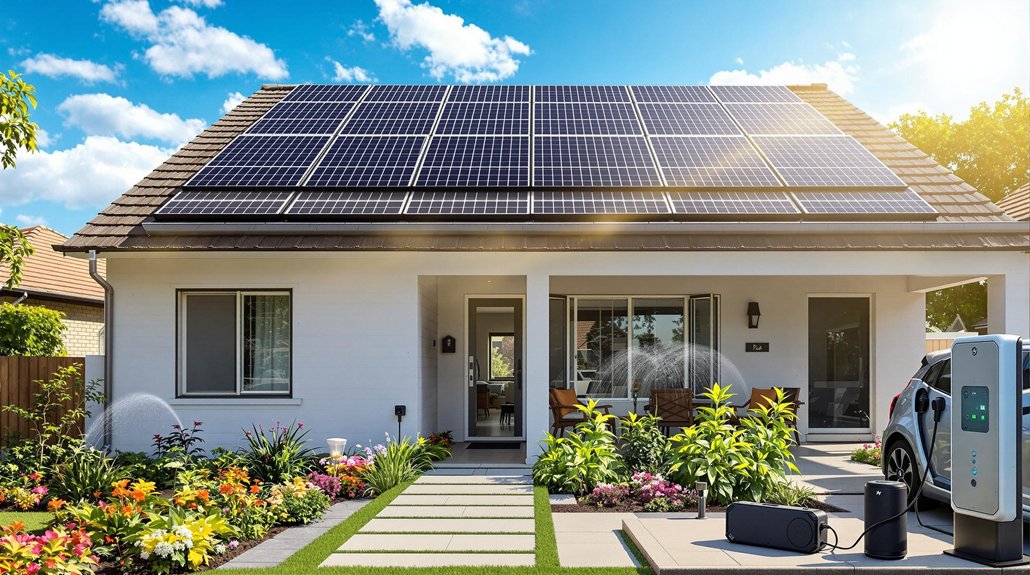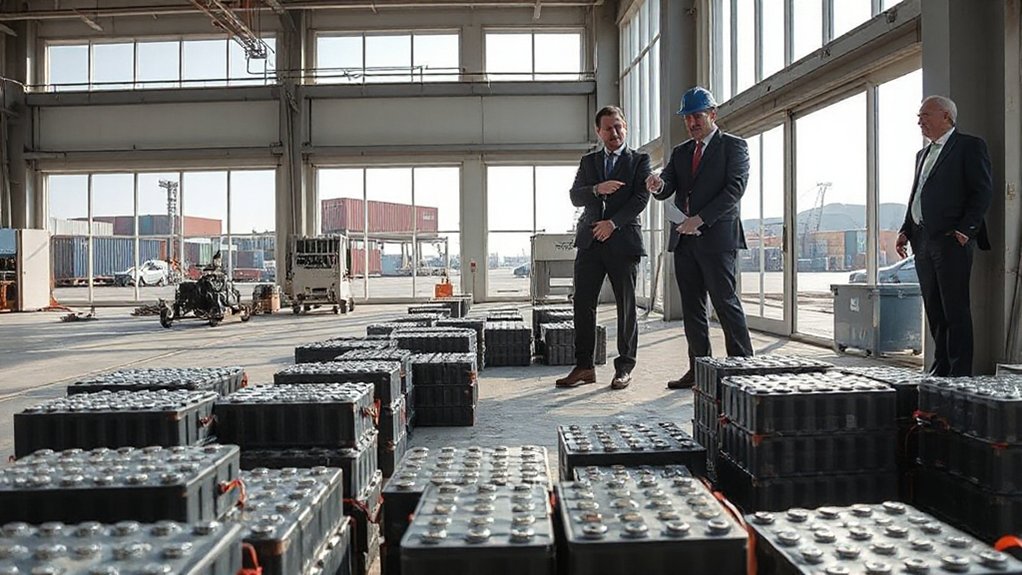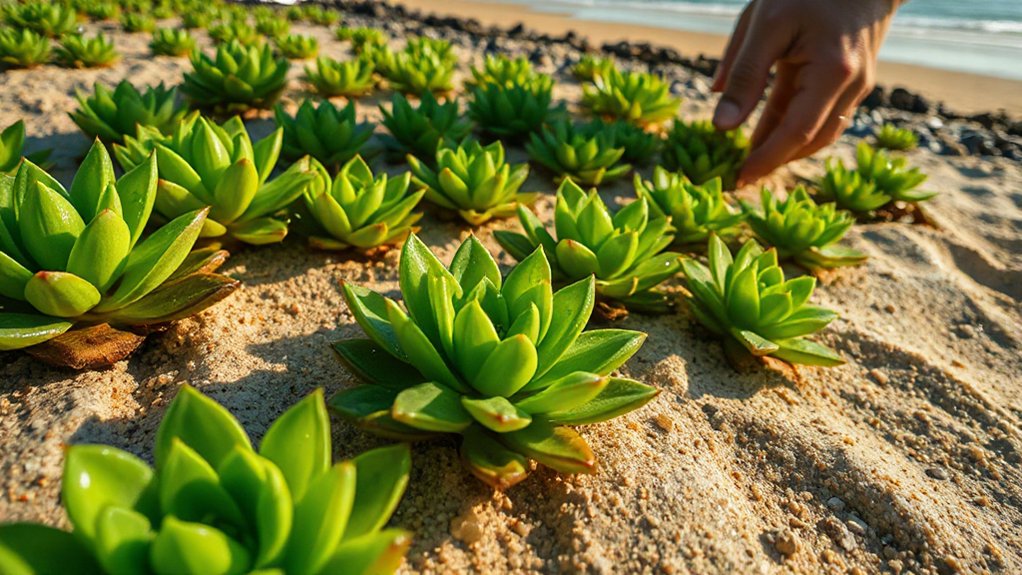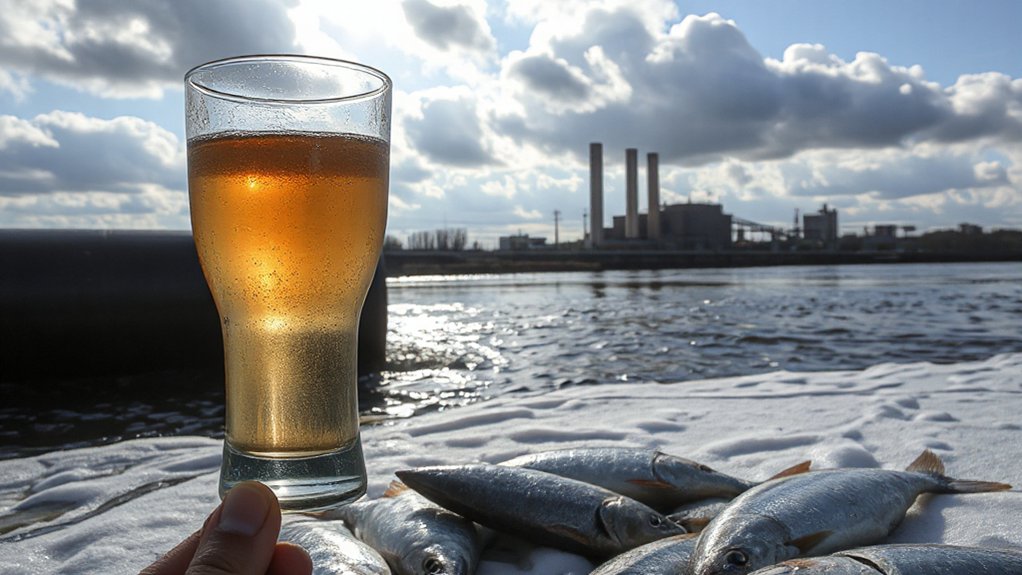Forests absorb CO2 during photosynthesis, storing billions of tons of carbon annually. Young forests capture carbon faster than older ones, while global reforestation could offset 20 years of human emissions. Trees also improve water retention, reduce erosion, and stabilize local climates. Beyond carbon storage, forests support biodiversity, create jobs, and filter air pollutants. The impacts of reforestation extend far beyond just planting trees.
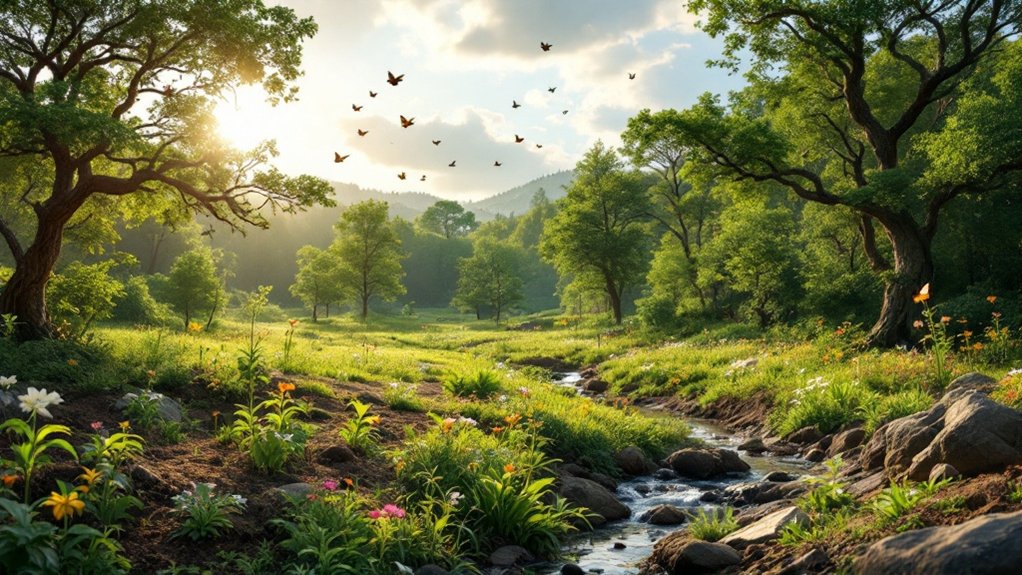
Trees are fighting climate change in ways many people don’t realize. Forests work as natural carbon sinks, absorbing carbon dioxide during photosynthesis. Each year, forests store about 2 billion metric tons of carbon worldwide. Scientists have found that young forests capture carbon at faster rates than older ones. Global reforestation efforts could potentially capture 205 gigatons of carbon, which might offset 20 years of human carbon emissions at current rates.
Forests are home to 80% of land-based biodiversity. When areas are reforested, habitats for endangered species return. This process helps ecosystems become more resilient to climate change. It also supports pollinator populations that crops need to grow. Plant and animal genetic diversity increases as forests regrow. Reforestation efforts contribute significantly to ecological balance throughout restored forest ecosystems.
Trees play a key role in water systems too. They help soil hold more water and reduce erosion that can fill waterways with sediment. Forests naturally filter water, improving its quality. They affect local rainfall patterns and can reduce flooding in areas where trees have been replanted.
The cooling effect of forests helps stabilize climate on local and regional levels. Trees reduce urban heat island effects in cities. Through a process called evapotranspiration, forests contribute to global cooling. They can buffer the impacts of extreme weather and help stabilize broader weather patterns. Natural regeneration approaches allow forests to regrow with minimal human intervention while still providing climate benefits.
Forests act as Earth’s natural air conditioners, moderating temperatures and protecting communities from climate extremes.
Tree roots prevent soil from washing away. As forests grow, soil gains organic matter and its structure improves. The soil can then hold more water. Trees support helpful soil microbes and improve how nutrients cycle through ecosystems. Reforestation is essential for soil conservation and maintaining fertility necessary for sustainable agriculture.
Reforestation creates jobs in forestry and related fields. It supports sustainable timber production and can raise property values. Areas with healthy forests often face lower costs from natural disasters. Local economies benefit from forest products beyond just timber.
Trees also clean the air by filtering pollutants like particulate matter. They produce oxygen and reduce ground-level ozone in urban areas. People living near forests often have fewer breathing problems. In some places, trees help reduce the effects of industrial pollution.
Frequently Asked Questions
How Long Does It Take for Reforested Areas to Become Carbon Sinks?
Reforested areas begin absorbing carbon immediately after planting, but they don’t become effective carbon sinks for about 10 years.
The process accelerates considerably after this point. Forests reach their full carbon-capturing potential between 20-50 years. Tropical forests develop faster than temperate ones.
Many factors affect this timeline, including tree species, climate, soil conditions, and management practices.
Mature forests can sequester 2-4 tons of CO2 per acre annually.
What Species of Trees Are Most Effective for Reforestation Projects?
The most effective trees for reforestation combine fast-growing species like eucalyptus and poplars with native varieties such as oaks and birches.
Research shows diverse forests with at least five different species capture 70% more carbon than single-species plantings.
Coastal redwoods can sequester 500,000 pounds of CO2 in their lifetime.
Experts recommend selecting trees based on local climate conditions for the best results.
How Much Does Reforestation Cost per Acre?
Reforestation costs vary widely across regions and project types. Initial establishment ranges from $100 to $25,000 per acre, while annual maintenance runs between $167 and $2,421 per acre.
The Southern U.S. offers the lowest rates at about $319 per acre, while California averages $950 per acre. Costs depend on site preparation, tree species, planting density, and labor expenses.
Typically, half the budget goes to planting crews.
Can Reforestation Efforts Negatively Impact Local Ecosystems?
Reforestation efforts can indeed harm local ecosystems.
Monoculture plantations reduce biodiversity by crowding out native plants. When trees are planted in natural grasslands or peatlands, they can actually release stored carbon.
Non-native species may become invasive, threatening local wildlife. Large plantations sometimes displace local communities or restrict their land access.
Poorly planned projects may disrupt water cycles and soil composition, ultimately failing to effectively sequester carbon.
How Do Reforestation Projects Involve Local Communities?
Reforestation projects actively engage local communities in multiple ways. Communities participate in workshops on sustainable forestry and join planning committees.
They’re hired for tree planting and nursery work, creating new jobs. Local knowledge is incorporated into project design through collaborative mapping and consultations with indigenous groups.
Residents also become forest guardians, monitoring biodiversity and preventing fires. These partnerships guarantee projects address local needs while protecting new forests.
